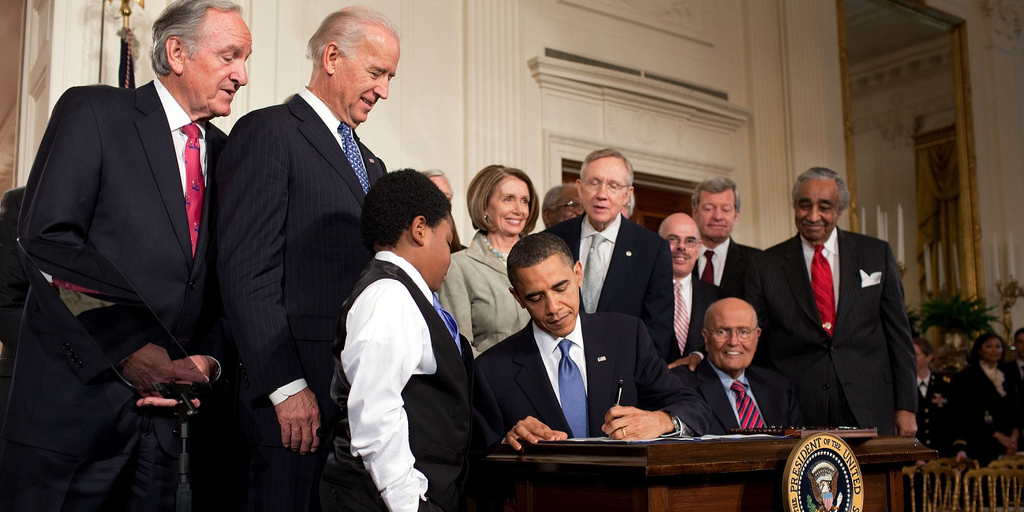Should We Screen All Women and Teen Girls for Anxiety? It’s Complicated.
Anxiety isn’t just “feeling stressed.” It’s a shapeshifter, sometimes a relentless inner monologue, other times a suffocating weight on the chest. And it’s incredibly common. Nearly 40% of women will grapple with an anxiety disorder at some point in their lives twice the rate seen in men. For teen girls, the risk blooms early, tangled up in a web of biology, trauma, hormones, and cultural pressure.

So, with numbers this high, shouldn’t we be screening every woman and adolescent girl for anxiety, just as we do for blood pressure or cholesterol?
Well… not so fast.
What the New Guidelines Say
A leading U.S. They now recommend routine anxiety screening for all women and girls aged 13 and up, including those who are pregnant or postpartum. The WPSI isn’t a fringe group; it’s a national alliance of over 20 medical organizations and patient advocates.
The group based its recommendation on a deep dive into the research. Their findings? Screening tools for anxiety like questionnaires and symptom checklists can accurately identify anxiety disorders in many cases. That’s the good news.
The not-so-good news? No one has really studied whether these screenings lead to better outcomes, or what unintended damage might be done in the process.
Why Is This a Big Deal?

Until now, major U.S. health authorities like the U.S. But WPSI is pushing the conversation forward, driven in part by evidence that treatment for anxiety like cognitive behavioral therapy and medicationsworks when delivered early.
Still, it’s a shift that raises big, thorny questions.
Are Anxiety Disorders Actually on the Rise?

It certainly feels like it. The headlines are breathless: Social media, COVID-19, climate dread, performance pressure the list of anxiety triggers is long and growing.
But here's where things get murky. While more people are seeking treatment for anxiety, and talking more openly about it, long-term studies don’t show a clear uptick in actual anxiety disorder prevalence. In fact, reliable epidemiological data is surprisingly scarce, largely because past studies lacked consistent definitions and standardized tools.
What we do know is that anxiety manifests differently across cultures, generations, and life experiences, which complicates our understanding of whether the disorder is increasing—or whether we’re just getting better at recognizing it.
The Risks of Casting Too Wide a Net
Screening sounds harmless what’s the danger in asking a few questions? However, no screening tool is flawless, and there is a definite chance of mislabeling someone, as any doctor will tell you.
This is when the situation becomes complex:
Cultural mismatch: Western populations were used in the development and testing of the majority of screening instruments. When applied to communities of color or immigrants, it might result in incorrect diagnoses because it misinterprets bodily or spiritual signs of distress as worry.
Overdiagnosis and overtreatment: Medication is not always necessary for those with anxiety symptoms. Screening may result in unnecessary drug prescriptions, exposing people to adverse effects like weight gain, sexual dysfunction, or emotional numbness, particularly young women and teenagers.
Missed nuance: While some people may have positive anxiety screens, they may be dealing with existential turmoil, sorrow, trauma, or situational stress. We run the risk of pathologizing common human distress if the screening results in a hasty label rather than a more thorough understanding.
Diversion of resources: Screening may divert attention from individuals with severe, chronic anxiety disorders, who require the most ongoing treatment in a world when mental health facilities are already overburdened.
Due to comparable worries about expense, accuracy, and unforeseen repercussions, both Canada and the United Kingdom have chosen not to adopt universal screening for anxiety.
So, Do We Need to Screen?
The answer is not simple.
On the one hand, untreated anxiety can be debilitating, isolating, and even lethal. Before symptoms worsen, routine screening could be a lifeline for women and girls who have been suffering in silence.
A broad screening without context, however, has the potential to misdiagnose people, overmedicalize reactions to extremely nervous people, and simplify complex experiences.
The Bottom Line
The new WPSI suggestion is a significant step since it places anxiety in the right context. However, universal screening is not a panacea and should not take the place of complex, culturally aware, patient-centered care.
Before we embrace routine anxiety screening for all adolescent girls and women, we need more research, more conversation, and more compassion. We need to ask not just how we screen, but why, for whom, and what happens next.
What's Your Reaction?




















